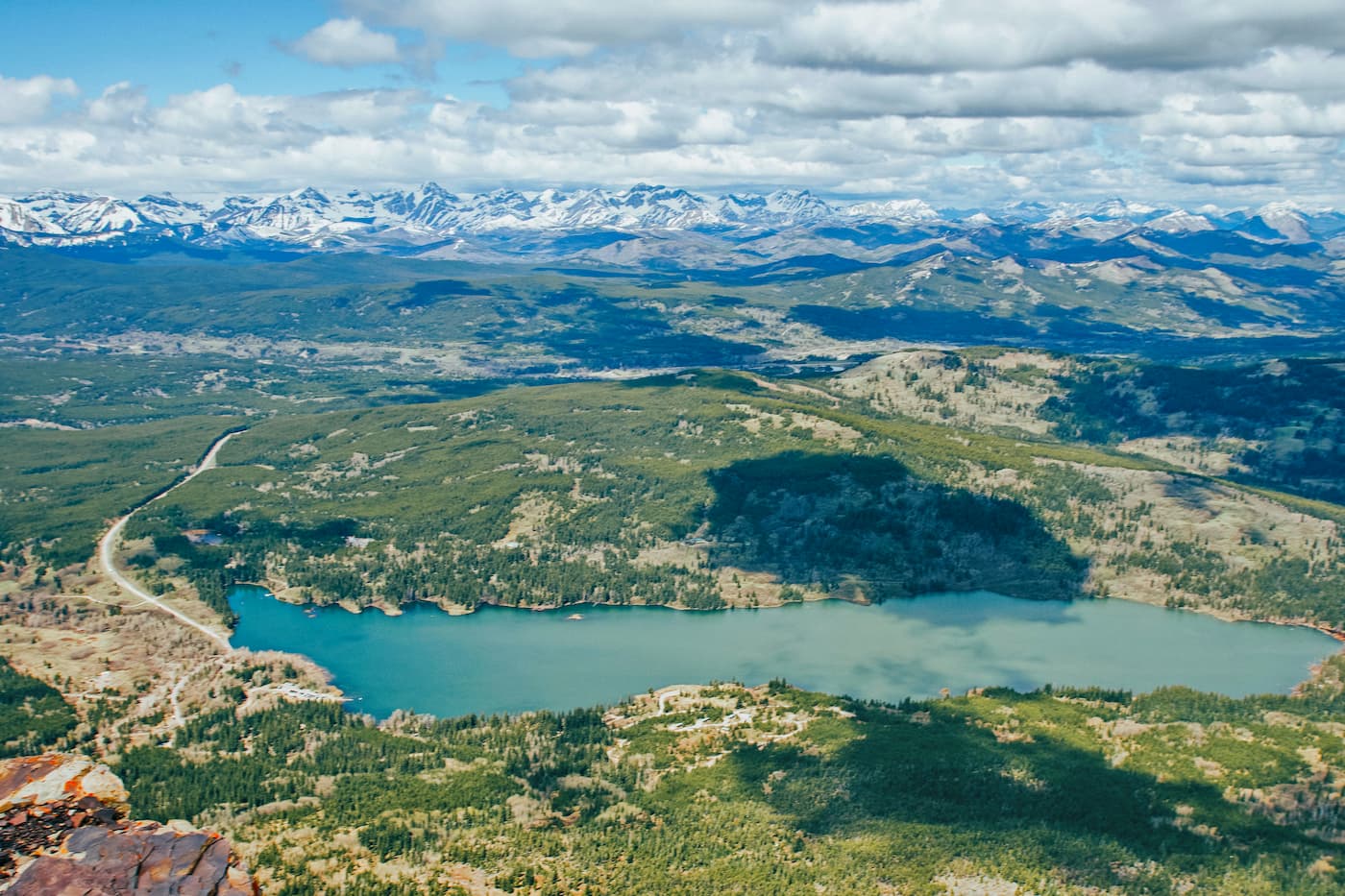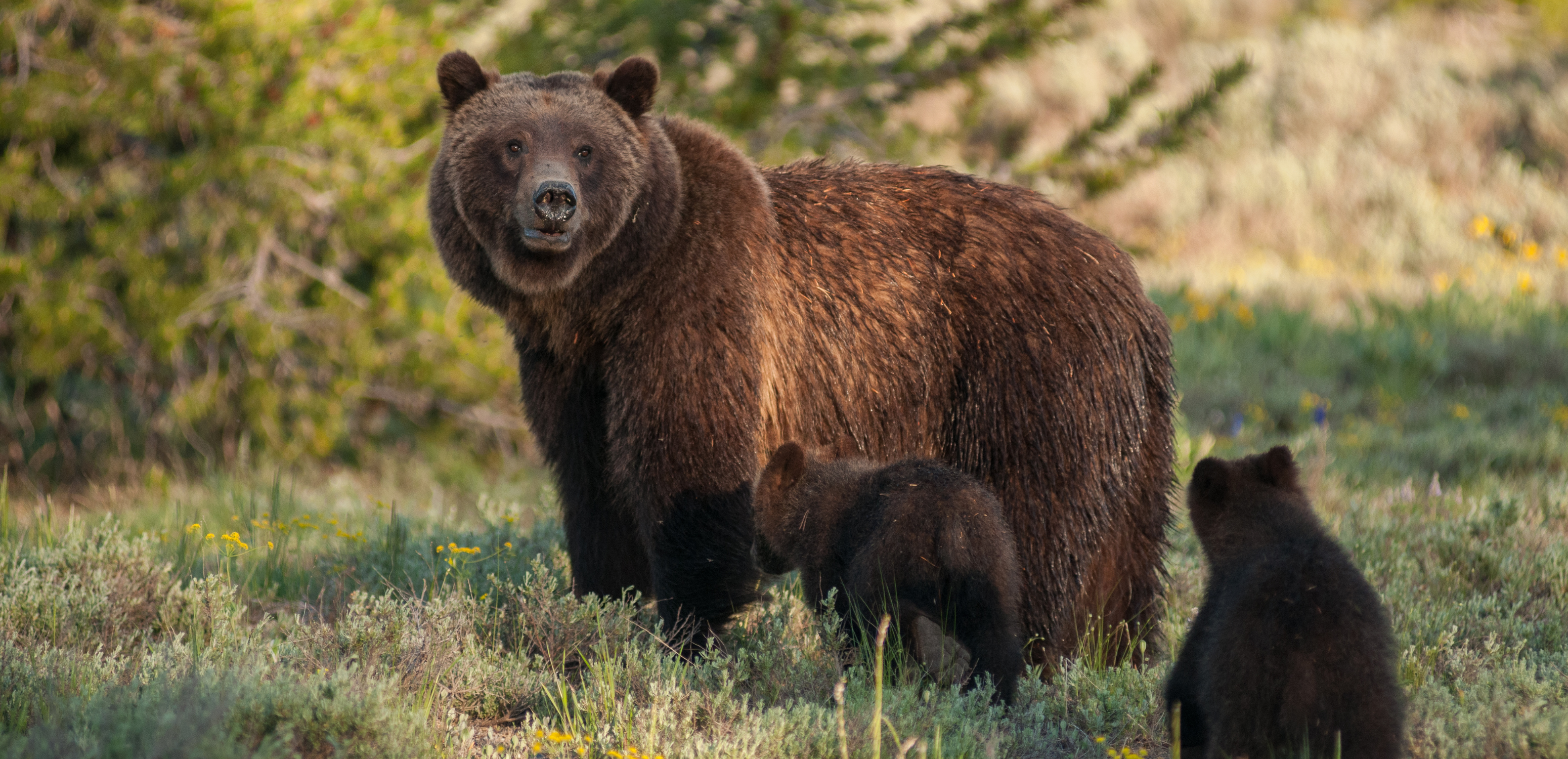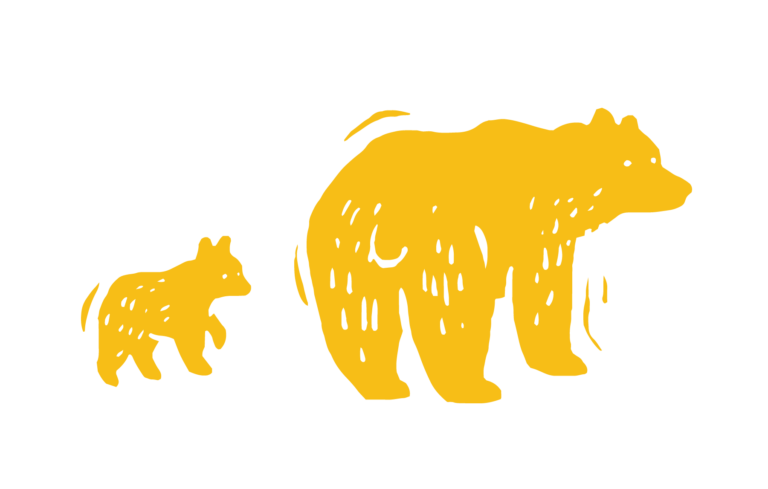Protecting Alberta's Iconic Wildlife
Alberta's Grizzlies
A Growing Concern
Although grizzly bear populations appear to be doing well in some areas, they still face a number of threats that impede their full recovery. The biggest risks to grizzly bears in Alberta are:
Human-caused deaths from access roads and trails in grizzly bear habitat
Habitat loss
Increasing human-wildlife conflict
Lack of connectivity between subpopulations
Creating a safe home for grizzlies in Alberta
CPAWS SAB has been involved in the grizzly bear recovery campaign for many years. Significant achievements of this campaign that CPAWS worked on are:
2006 the Government of Alberta suspended the grizzly bear hunt.
2008 the Government of Alberta released a Grizzly Bear Recovery Plan.
2010 the grizzly bear was listed as “Threatened” in Alberta.
2014 the Government of Alberta announced an increase in funding for grizzly bear research and education for communities in grizzly bear habitat.
2015 the Government released the updated draft Grizzly Bear Recovery Plan
2017 the Castle Wildland and Provincial Parks protect core habitat for bears and trout and provide key connectivity in southwest Alberta.
2018 Porcupine Hills and Livingstone land-use plans set limits on road and trail densities on public lands in southwestern Alberta, reducing risk to bears and trout.
2020 Government released the final Grizzly Bear Recovery Plan.
CPAWS SAB is working to achieve solutions for grizzly bear recovery:
- Working to reduce road and trail densities in Alberta to below the thresholds outlined in the Grizzly Bear Recovery Plan through the land-use planning process (see below).
- Influence government to include native trout and grizzly bear habitat requirements in the SSRP management frameworks through responsible recreation plans reduction of road densities and access management.
- Working on forest management issues to ensure best practices are used to protect core grizzly bear habitat including holding industry accountable for poor practices that damage habitats
- Working on reducing risk to grizzly bears from coal exploration roads and potential mine development
- Influence the government to fully implement the Recovery Plans for the grizzly bear
- Raise awareness of links between grizzly bear recovery and landscape health and headwaters protection including recovery of other species such as cutthroat and bull trout.
- Encourage public support for grizzly bears through outreach, field trips, education and media coverage.
Photo Credit: Howard Trofanenko
LEARN MORE
Related Articles

The C5 Forest Management Plan: Provide your Feedback

Changes to Alberta’s Wildlife Act lack evidence of effectively reducing human-bear conflict


